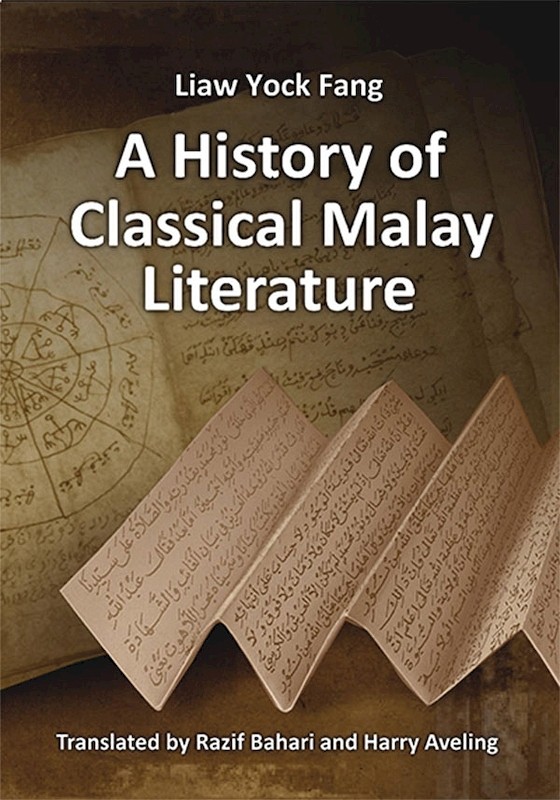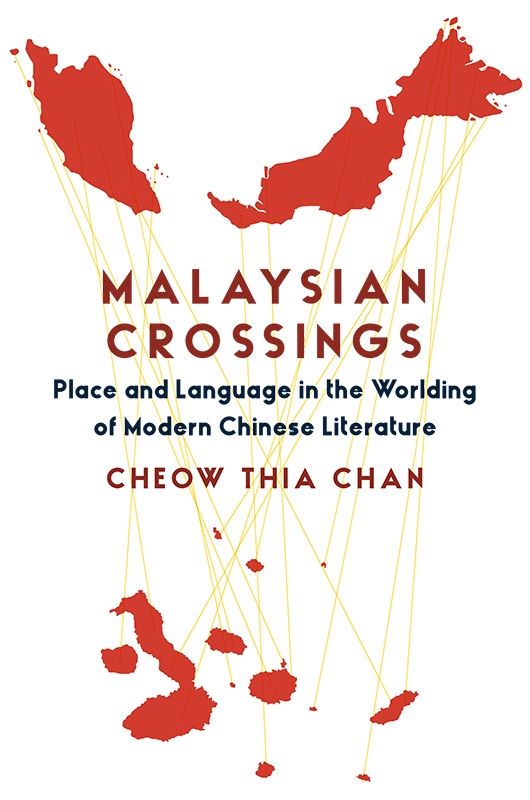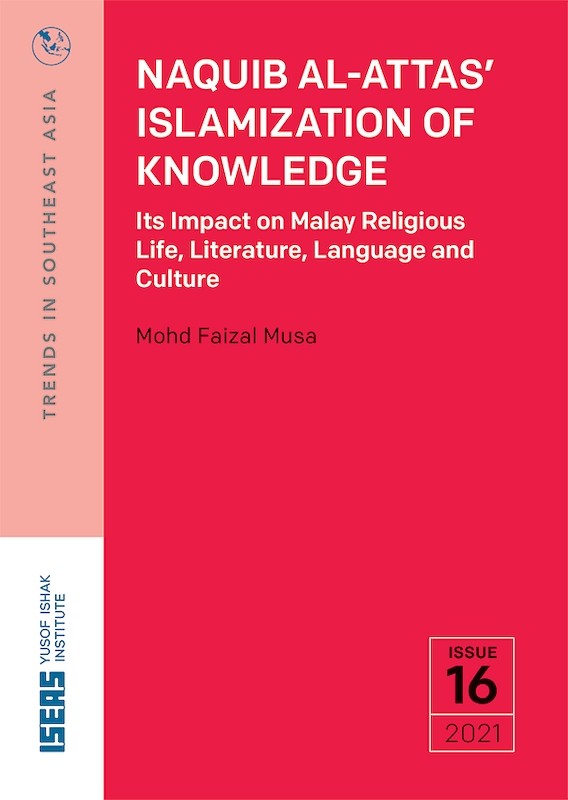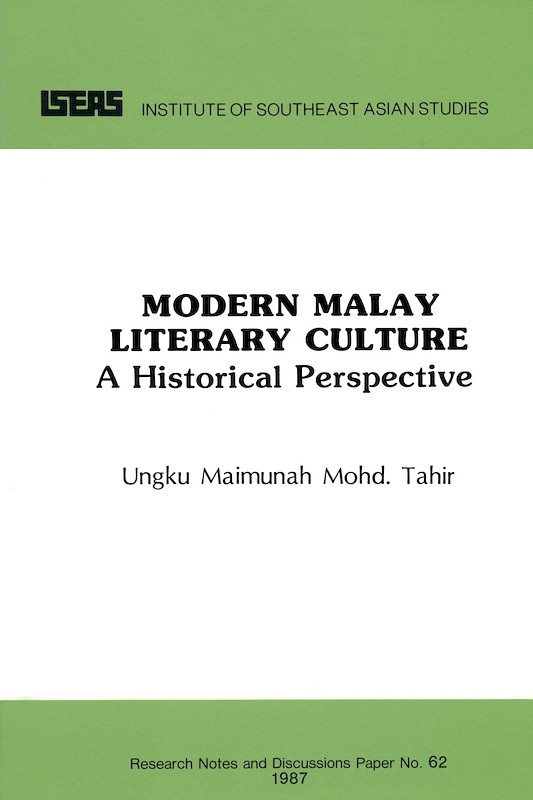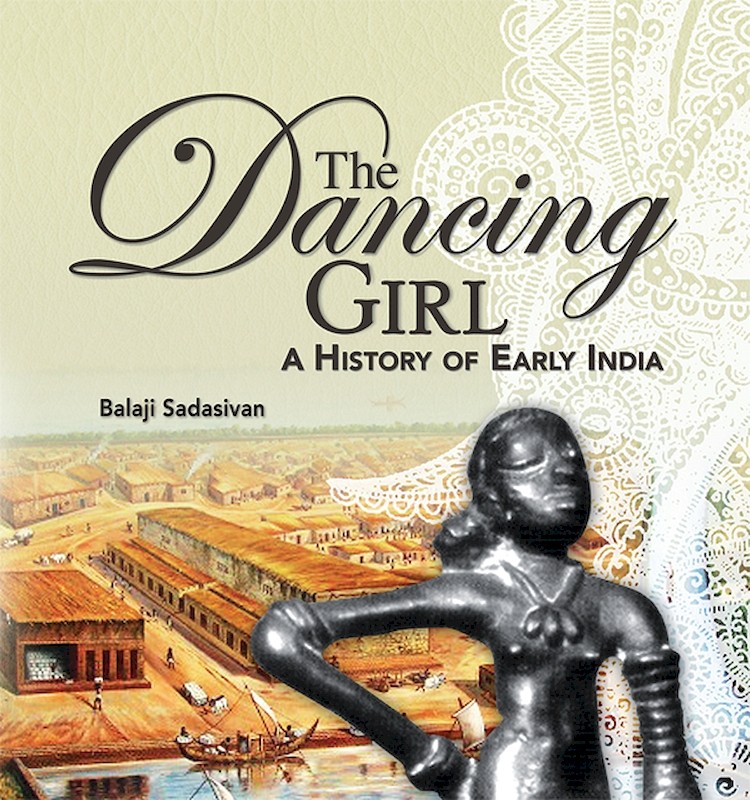Traces of the Ramayana and Mahabharata in Javanese and Malay Literature

Date of publication:
2018
Publisher:
ISEAS – Yusof Ishak Institute
Number of pages:
229
Code:
NSC28
Soft Cover
ISBN: 9789814786577
Reviews
Laurie Sears, Journal of the Royal Anthropological Institute, 2020.
"The starting points for these essays are the Old Javanese (OJ) kakawin and parwa texts, some of which date back over a thousand years. These respectively poetic and prose texts were the first to record the Ramayana and Mahabharata stories in island Southeast Asia aside from brief mentions in surviving inscriptions. Many of these texts come from central or east Javanese courts and Balinese villages - in what is today the country of Indonesia - and they show familiarity with a cosmopolitan cultural world that encompassed South and Southeast Asia. The scholars of these essays focus on a wide array of issues that arose as the stories moved through island Southeast Asian time, encompassing contemporary literature, as discussed in chapter 3 by Harry Aveling, and twentieth-century texts and visual art, as Helen Creese (chap. 6) and Edwin P. Wieringa (chap. 7) discuss.
Like all the chapters in Traces of the Ramayana and Mahabharata in Javanese and Malay literature, there is a serious attempt to understand the stories on their own terms rather than seeing them as misunderstandings or failed translations of Sanskrit texts. The authors look at the intertextuality found in each tale, how the Malay hikayat differs from Javanese forms, and how Islam creates audiences who need stories that do not contradict the beliefs of Muslims. This is a major strength of this rich collections, which will appeal to scholars and students of Java, Bali, and India, as well as those of religion, Asian languages and histories, and oral and written traditions."
Dick van der Meij, Wacana, Journal of the Humanities of Indonesia, Vol. 20: 3, 2019.
"The Mahabharata and Ramayana epics are part of Indonesia culture and ubiquitous throughout the country, not only in the Javanese and Javanese-inspired world but also in the national cultural identity of many other Indonesian peoples as well as in Malaysia.
The book is a compilation of papers presented at a conference organized by the ISEAS – Yusof Ishak Institute in Singapore in 2014.
The book expertly shows some of the ways the Ramayana and Mahabharata have been adapted and used in the Indonesian and Malay world."
Wayan Jarrah Sastrawan, Bijdragen Tot De Taal-, Land-En Volkenkunde, 2019.
"One strength of these essays is the nuance with which they handle questions of cultural linkage. Through their comparative approaches to various expressions of the epic tradition, the scholars are able to show the diverse ways in which these narratives moved and changed from one setting to another.
Another strength of the collection is the expertise of the volume's contributors. The detailed textual and art historical studies undertaken here require considerable specialist training in languages, philology, and iconography. The rigor and depth of the research in this volume are due to the fact that these scholars are among the most experienced in the field. Most of the essays engaged directly with unpublished manuscript materials that are inaccessible to the vast majority of readers, which magnifies the value of their contributions. Robson's comment about the amount of "spadework" still to be done on these manuscripts (p.25) shows how vital such philological skills are, if we are to properly understand the cultural history of the Ramayana and Mahabharata in this region.
This collection of essays shows that the Ramayana and Mahabharata were key points of reference for over a thousand years, and that they continued to be relevant in a diverse range of contexts. The enduring importance of the epic tradition to the cultural identity of twenty-first century Indonesians and Malaysians cannot be denied. This collection is welcome because it explains the historical trajectories that led to the exalted status of these two narratives in the present day. If we are to understand why Ramayana and Mahabharata mattered and still matter in the region's life, this kind of expert scholarship is indispensable."
"No other epic tales have had such a tremendous impact and influence on cultures, other than the one they originate from, than the Ramayana and the Mahabharata. Be it cultural, political, or philosophical, both tales have inspired many people outside India. Taken along economical and cultural routes they have always been welcomed, interpreted, integrated, and become part of already existing systems and paradigms. But in this process of acculturation both tales have resisted singularity.
The chapters in this volume explore the many ways that the Ramayana and Mahabharata have survived and have shaped more recent Javanese and Malay culture. Having come ashore in Southeast Asia in the first centuries CE, these two epics found expression in various forms: literature, dance and theatre, painting, etc. The epics remained after the Indian culture, from which they stemmed, collapsed and disappeared. The chapters in this publication show what happened during transmission, adaptation, and borrowing; they do not limit themselves to the literary traditions, as Helen Creese's contribution is an excursion into the field of Balinese pictorial art.
This volume offers some interesting and new ideas and invites the interested reader to study the Indian epics and their Javanese and Malay counterparts again or in more detail.
About the publication
Local renderings of the two Indian epics Ramayana and Mahabharata in Malay and Javanese literature have existed since around the ninth and tenth centuries. In the following centuries new versions were created alongside the old ones, and these opened up interesting new directions. They questioned the views of previous versions and laid different accents, in a continuous process of modernization and adaptation, successfully satisfying the curiosity of their audiences for more than a thousand years.
Much of this history is still unclear. For a long time, scholarly research made little progress, due to its preoccupation with problems of origin. The present volume, going beyond identifying sources, analyses the socio-literary contexts and ideological foundations of seemingly similar contents and concepts in different periods; it examines the literary functions of borrowing and intertextual referencing, and calls upon the visual arts to illustrate the independent character of the epic tradition in Southeast Asia.
Contents
-
Traces of the Ramayana and Mahabharata in Javanese and Malay Literature
[Whole Publication, ISBN: 9789814786584], by Ding Choo Ming, Willem van der Molen, editors -
Preliminary pages
-
1. Introduction, by Willem van der Molen, author
-
2. The Rāmāyana in Java and Bali: Chapters from its Literature History, by Stuart Robson, author
-
3. Abimanyu Gugur: The Death of Abimanyu in Classical and Modern Indonesian and Malay Literature, by Harry Aveling, author
-
4. Drona's Betrayal and Bima's Brutality: Javanaiserie in Malay Culture, by Bernard Arps, author
-
5. Ramayana and Mahabharata in Hikayat Misa Taman Jayeng Kusuma, by Gijs L. Koster, author
-
6. The Death of Śalya: Balinese Textual and Iconographic Representations of the Kakawin Bhāratayuddha, by Helen Creese, author
-
7. The Illustrated Astabrata in Pakualaman Manuscript Art, by Edwin P Wieringa, author
-
8. Index
-
Nalanda-Sriwijaya Series

